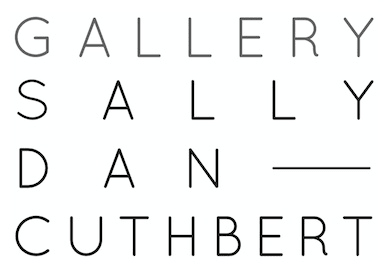Amid broader economic uncertainty, the global art market contracted in 2024, recording an estimated $57.5 billion in sales – a 12 percent decline in total value from its 2022 peak.
The findings, published last month in the Art Basel and UBS Art Market Report 2025 reflect the cooling of a market no longer insulated from financial headwinds. Yet the latest data, compiled by cultural economist Dr Clare McAndrew, also reveals a more nuanced picture. While overall sales declined, the number of transactions grew by 3 percent over the previous year.
Amid shrinking high-value sales, the rising number of transactions are attributed in part to “a broadening of the collector base”, McAndrew noted, pointing to increased engagement with more affordable works as entry points for first-time collectors. Notably, the report highlights a surge in interest in female artists, with galleries worldwide raising the proportion of women in their rosters to 41 percent. It also underscores the enduring value of in-person interactions: having recovered after Covid, art fairs remain the most common point of entry for new buyers to discover works that move them. Aotearoa Art Fair, the country’s premier art fair opens this week and runs from May 1-4 at Auckland’s Viaduct Events Centre.
Visitors to Viaduct Harbour may already have glimpsed its most enigmatic resident: a 15m-wide octopus, rendered in flowing, maze-like patterns, floating just above the water’s surface. The monumental installation, Te Wheke-a-Muturangi (2022) by Lisa Reihana, is a centrepiece of the Aotearoa Art Fair Sculpture Trail, the first curated outdoor sculpture exhibition in Auckland’s city centre in recent memory. Drawing on the Māori legend of Te Wheke-a-Muturangi, the mythical giant octopus pursued across the Pacific Ocean by the Polynesian navigator Kupe, the sculpture is an embodiment of cultural storytelling at scale.
May 6, 2025


